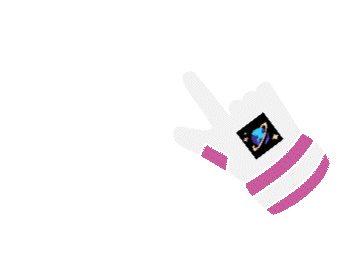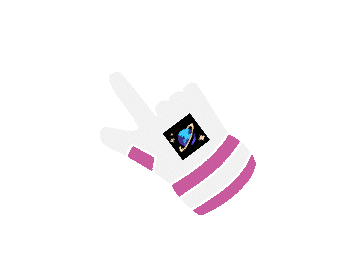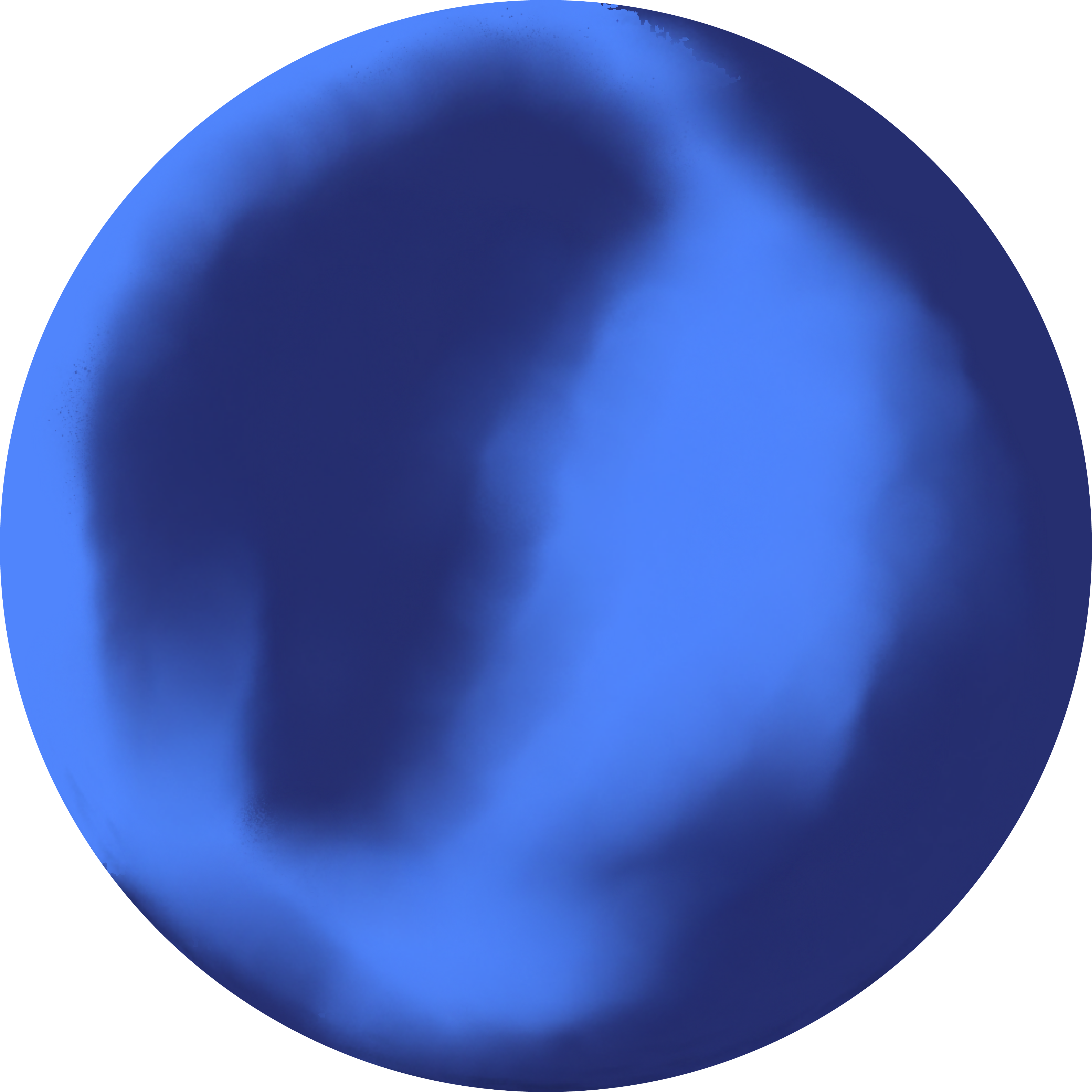
LOADING...
This site is designed for mobile and tablet devices. Please use the side buttons or click + drag to navigate the page.

LOADING...


Our first Stop, Mercury!
Although it’s close to the sun, Mercury is not the hottest planet, it's Venus, as it’s very dense!
A useful phrase to remember the order:
My (Mercury) Very Energetic Mother Just Served Us Nuggets


Look it’s Earth’s twin, Venus.
It spins backwards, has a day longer than its year, and has no seasons!
My Very (Venus) Energetic Mother Just Served Us Nuggets

Woah, look it’s your home planet Earth!
The name Earth is at least 1,000 years old. Earth has four main layers - an inner core at the planet's centre, covered by the outer core, mantle, and crust.
My Very Energetic (Earth) Mother Just Served Us Nuggets

We’ve made it to Mars! A dusty, cold, desert world.
The largest rover NASA has ever sent touched down on Mars on Feb. 18, 2021, after a 203-day journey.
My Very Energetic Mother (Mars) Just Served Us Nuggets

We’re half way through our exploration of the solar system and we’ve reached Jupiter.
Jupiter has the shortest day in the solar system. The planet is mostly swirling gases and liquids.
My Very Energetic Mother Just (Jupiter) Served Us Nuggets

Saturn! The planet with the biggest and brightest rings.
The rings would look mostly white if you looked at them from the cloud tops of Saturn, and each ring orbits at a different speed around the planet.
My Very Energetic Mother Just Served (Saturn) Us Nuggets

Our next stop is Uranus.
The ice giant is surrounded by 13 faint rings and 27 small moons. The unique tilt makes Uranus appear to spin sideways.
My Very Energetic Mother Just Served Us (Uranus) Nuggets

Our final stop is Neptune. The furthest planet from the sun.
Neptune is about four times wider than Earth. It takes about 16 hours for Neptune to rotate or spin once.
My Very Energetic Mother Just Served Us Nuggets (Neptune)